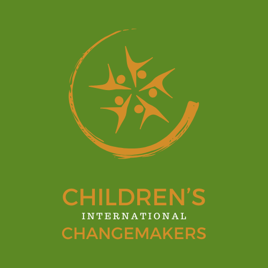Myth #1: “Bigger Charities = Bigger Impact”
Do bigger charities really create bigger impact?
Katie Barron
5/8/20241 min read


The Reality: Size Doesn’t Guarantee Effectiveness
It's a common assumption that large, well-known charities are the most effective channels for aid. However, evidence suggests that smaller, locally-led organizations often deliver more impactful and efficient support, especially when addressing the needs of vulnerable children.
Administrative Overheads in Large NGOs
Large international NGOs often have substantial administrative costs. A 2018 report by the UK Department for International Development (DFID) indicated that a significant portion of aid funds is consumed by administrative expenses before reaching beneficiaries GOV.UK Assets.
Advantages of Local Organizations
In contrast, local NGOs typically have lower overheads and a deeper understanding of community needs. Their proximity allows for:
Cultural Relevance: Programs tailored to local customs and languages.
Rapid Response: Ability to act swiftly in emergencies without bureaucratic delays.
Community Trust: Established relationships that facilitate program acceptance and effectiveness.
A study highlighted that local NGOs, like Tsega Girma's charity in Tigray, Ethiopia, are more efficient and culturally aware than international agencies The Guardian.
Conclusion
While large charities play a role in global aid, supporting local organizations can lead to more direct and culturally appropriate assistance, ensuring that aid reaches those who need it most efficiently.
